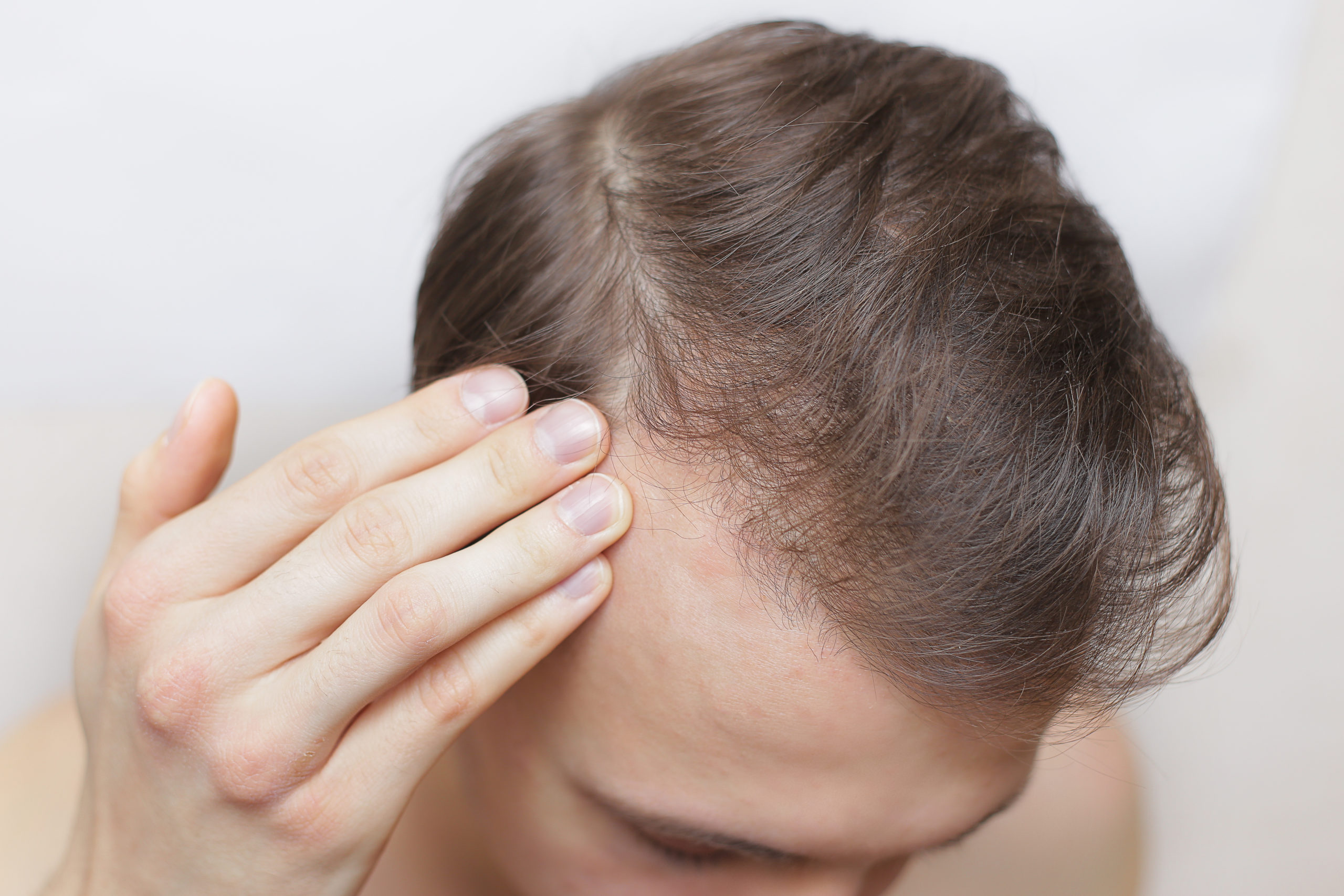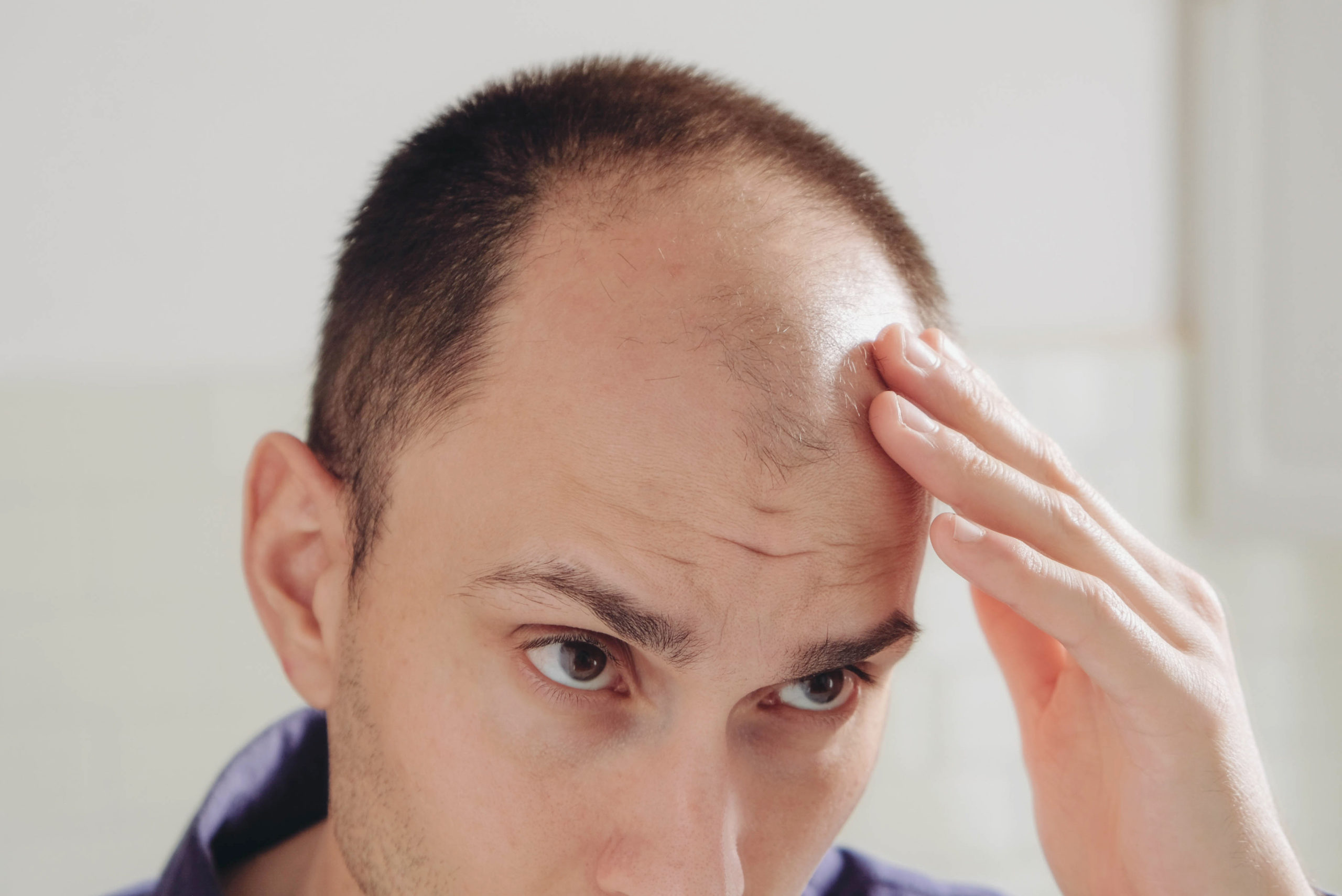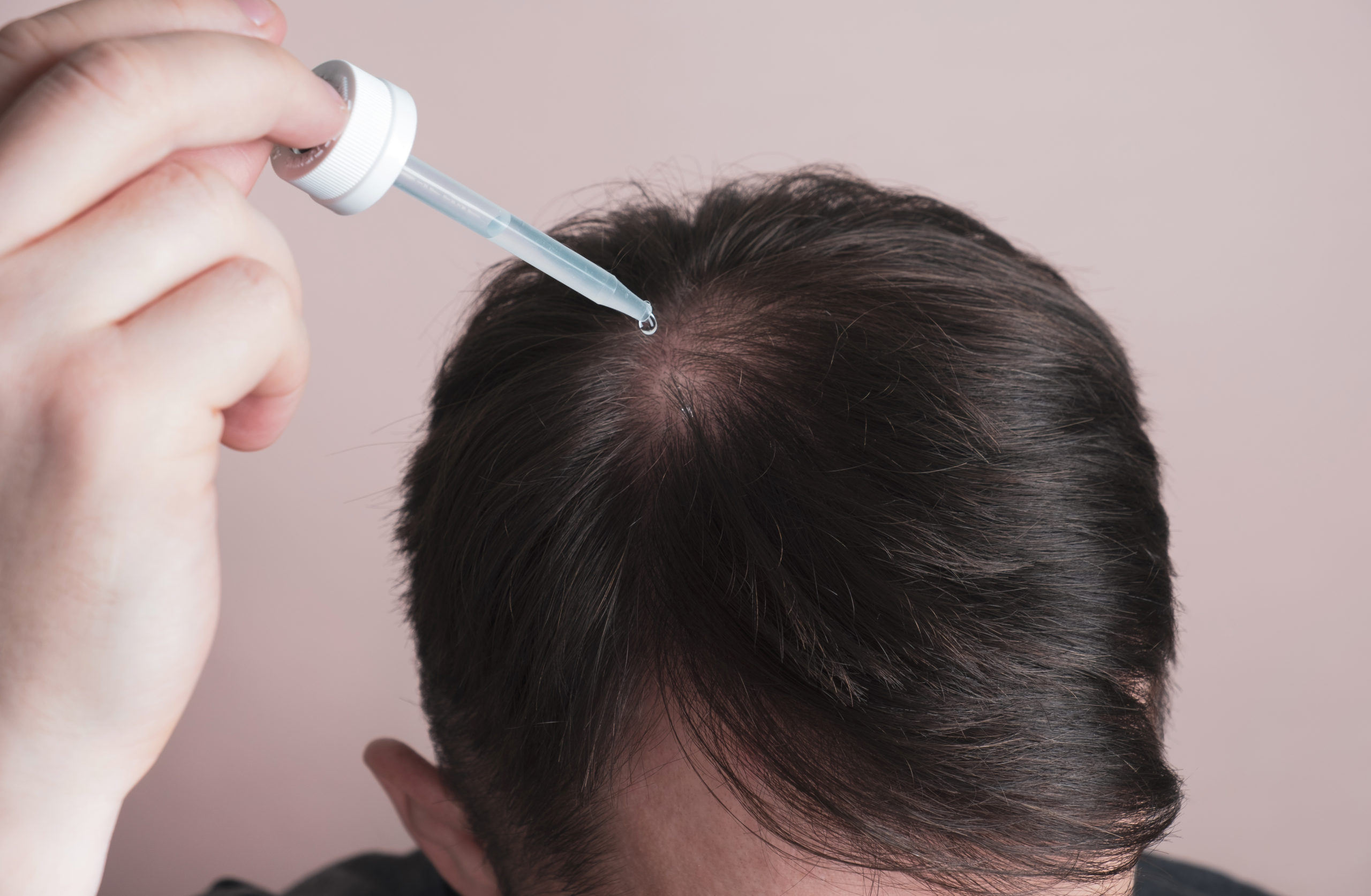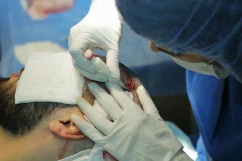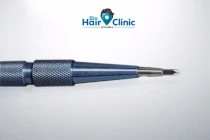What Can I Do if I Have a Receding Hairline?
The formation of a receding hairline is a gradual process whereby hair loss occurs above the temples and the forehead and moves towards the crown. That makes the forehead seem higher and the process aggravates over time. As a result, the remaining hairline becomes M-shaped.
Of course, a receding hairline has a negative impact on the self esteem of men and women. In this article, you will find answers to some of the many questions on how to revert this process and regain thick hair.
Summary
- What Causes a Receding Hairline?
- Can Stress Cause a Receding Hairline?
- How Do You Treat a Receding Hairline?
- Conclusion
What Causes a Receding Hairline?
The occurrence of a receding hairline is often a symptom of male pattern baldness (MPB), the main cause of which is genetic predisposition. In people with MPB or androgenic alopecia, hair follicles are more sensitive to dihydrotestosterone (DHT), the hormone responsible for many male biological characteristics. Androgenetic alopecia causes progressive hair shedding that may eventually result in baldness.
As we age, DHT causes the hair follicles to shrink, which shortens their lifespan and limits the process of new hair formation. When the follicles are shrunk, the anagen phase (the phase of active hair growth) becomes considerably shorter and the telogen phase (the resting phase when the follicles are dormant) is prolonged.
The “balding gene” can be inherited from both parents. For example, even if the mother does not suffer from pattern hair loss, she can still carry the gene and pass it on to the child. Women can also develop a receding hairline as part of female pattern baldness. This phenomenon, however, tends to be more common among men along with a bald spot on the top of the head as hair loss progresses.
25% of men with a predisposition to pattern baldness, begin to notice a receding hairline by the age of 21. By 50, nearly 85% of men experience visible hair loss to varying degrees.

Other Contributors to Hair Loss
In addition to genetic predisposition, there are other causes for baldness, among these:
- Lifestyle: poor nutrition, smoking and lack of physical activity.
- Stressful Situations: in this case, hair loss is usually temporary.
- Environmental Factors: such as air or water pollution.
- Infections and Chronic Diseases: fungal inflammation, fever, acute intoxication and venereal diseases can all be accompanied by hair loss. Scientists also attribute premature baldness to increased risks of heart disease.
- Endocrine Diseases: improper functioning of the thyroid gland and metabolic disorders. If the thyroid gland produces too few hormones, the hair weakens and falls out. An excess of hormones can have the same effect.
- Hormonal Changes: when taking steroids, athletes may also lose their hair due to changes in testosterone levels.
Certain Medications: medicines for high blood pressure, heart disease, diabetes, as well as hormonal drugs can contribute to hair loss.
Can Stress Cause a Receding Hairline?
In a new study carried out by scientists from Tsinghua University in Beijing, it has been shown that more and more young people are starting to lose hair a lot sooner, already in their early twenties. Experts interviewed more than 4,000 respondents, 60% of whom said they notice visible hair thinning or a receding hairline.
Scientists attribute this to the stress to which many young and older people are exposed to causing hairs falling out. As a response to a stressful event, the body enters an ‘energy-saving’ mode and makes the follicles dormant and unable to produce new hair.
How Do You Treat a Receding Hairline?
The treatment options available for a receding hairline include:
1. Minoxidil
This drug is used for age-related alopecia and hormonal imbalances. Minoxidil helps to increase the duration of the active hair growth phase and stimulates the weakened hair follicles in order to promote hair growth. It is considered an effective treatment for thinning hair as long as the patient applies the drug regularly. If you have a receding hairline, you will need to use the medication at least once a day.
2. Finasteride
Finasteride is a prescription drug for internal use. It is used for hair loss caused by a hormonal imbalance. Finasteride propecia reduces the rate of conversion of testosterone into dihydrotestosterone – the hormone that triggers hair loss. The treatment must be regular and long-term. You might see the first visible results only after 4 months of use. However, prolonged use of the drug can entail persistent adverse effects, such as mental disorders and sexual dysfunction.
3. Mesotherapy
This is a course of injections that contain active components, such as zinc, selenium, copper, magnesium, hyaluronic acid, vitamins (A, B, C, E, etc.) and amino acids. The injected nutrients travel to the hair follicles and stimulate them. The procedure is effective only if the follicles are still alive, even if weakened. If the patient has a prominently receding hairline or bald patches on the head, mesotherapy will not make much difference.
4. Hair Transplant
Due to its high success rate, hair transplantation has become a very popular treatment for a receding hairline and balding. Initially, there was only one widely used method of hair surgery, i.e. the FUT or strip method. Here, a doctor removes a strip of skin from the scalp, extracts the follicles from it and implants them to balding areas. The disadvantage of this method is visible scarring and hence, a higher risk of subsequent infection.
Luckily, contemporary methods for hair loss treatments, such as FUE and DHI, allow for extremely precise and gentle removal of hair follicles. Modern hair transplantation is a very safe treatment that rarely requires follow-up sessions and provides long-term or permanent effects.
Conclusion
A receding hairline is usually the first stage of the balding process. It is a very common among men, however, some women can be affected too. Some people may notice that your hairline is receding already at a relatively early age, in their twenties.
That being said, a receding hairline and hair loss doesn’t have to be your destiny. As we have just read, today there are many ways to reverse balding and regain a full head of hair. While treatment with Finasteride and Minoxidil are deemed effective, you will need to stick to the routine every day throughout your whole life. It can also entail a number of persisting adverse effects.
Luckily, the advances of modern science make it possible to have your mane successfully regrown with minimum side effects. Transplantation is the only method that allows for long-term hair restoration. The procedure requires the expert skills of a hair surgeon which is why it is very crucial to make the right choice of clinic.


